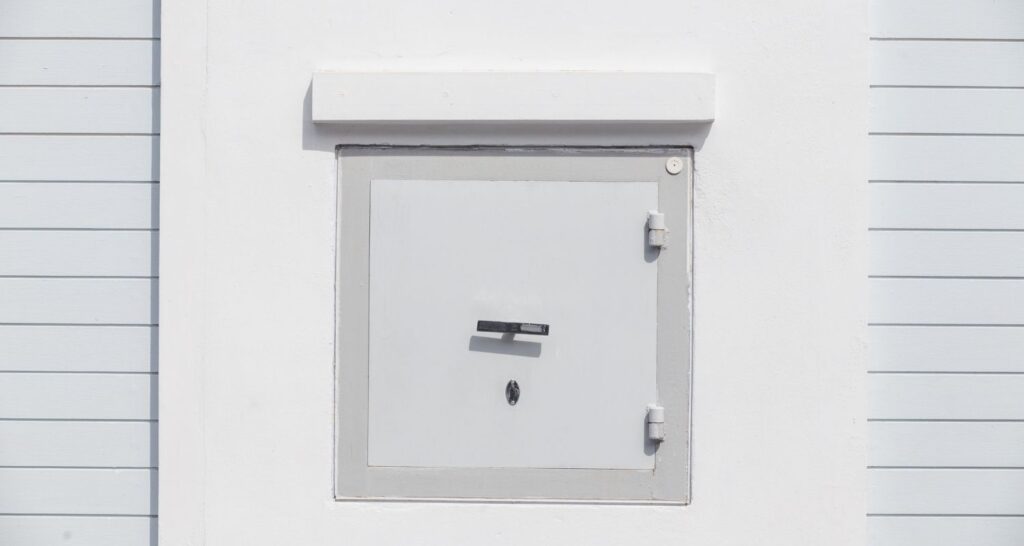Why are Trash Chutes Important?
The majority of individuals still remove their trash by hand. Most rubbish is left in front of each door until building management collects it. Leaks of waste liquid from garbage bags can attract insects, rodents and other pests, and increase cleaning expenses and elevator occupancy. The garbage receptacle is frequently placed in a secluded section of the building. This can be a time-consuming task that detracts from time spent at home or work. The hot summer heat causes the rapid decomposition and purification of waste, which is a significant issue due to the foul air produced by waste bacteria.
Those who work in huge buildings, on the other hand, feel that a trash chute makes the everyday task of waste disposal so much easier. Continue reading to learn how trash chutes operate and how they can be used in various situations.
What Is a Trash Chute?
A trash chute is a long tube that transports rubbish to a collection site. A bottom-hinged square or rectangular door opens like an oven door. For simple access, trash chutes usually have one door per floor. The chute is spherical, with a diameter ranging from 600mm to 800mm. Trash is deposited within the chute’s aperture and descends to the building’s basement or lowest level.
Uses for Trash Chutes
Trash chutes can now be found in a wide range of residential and commercial structures and institutional settings including hotels, businesses and hospitals. Moving significant amounts of trash from floor to floor on elevators or stairwells is impractical in large buildings for residents, employees or even cleaning crews. Waste chutes are the most effective way to collect trash from throughout the building and place it in one central location for quick collection.
Advantages of a Trash Chute
 A trash chute in a high-rise structure has several obvious advantages. First and foremost, it facilitates rubbish clearance. To get rid of their trash, a person living in an apartment on a higher floor merely needs to take their garbage bags and walk to the chute door on their floor. They are not required to dispose of their rubbish at any given hour or on a specific day. It’s also convenient for building management because they don’t have to bother collecting rubbish from throughout a tall structure.
A trash chute in a high-rise structure has several obvious advantages. First and foremost, it facilitates rubbish clearance. To get rid of their trash, a person living in an apartment on a higher floor merely needs to take their garbage bags and walk to the chute door on their floor. They are not required to dispose of their rubbish at any given hour or on a specific day. It’s also convenient for building management because they don’t have to bother collecting rubbish from throughout a tall structure.
An industrial chute guarantees that all the rubbish from the building is properly disposed of. The chute empties into a huge dumpster or some type of receptacle, from which it can be removed. Having a trash chute in a high-rise is far more sanitary than having residents bring their trash out by hand; nobody needs to handle the trash after it’s placed down the chute. Because the chute is usually located in a secluded portion of the building, there’s no need to be concerned about foul odours, insects, rodents, or other issues with garbage collection at a single location.
What Can Go Down a Chute?
The majority of non-hazardous household waste can be disposed of through a garbage chute. Food scraps, bottles, paper, and empty aerosol cans are examples of non-hazardous trash. All household waste should be bagged and knotted properly before disposal; loose materials, such as single cans and packaging boxes, should never be thrown down the garbage chute.
If you can’t get the bag into the garbage chute, it’s too large and should be taken to the building’s main trash location. Pizza boxes and other big boxes should also be avoided because they can become stuck in the chute. The following items should also never be placed in a trash chute:
- Plants that live. They have the potential to leak sap into the chute.
- Hangers and other protruding things. They have the potential to become stuck.
- Items that are flammable (such as lit cigarettes) which can cause a fire.
Elements of a Trash Chute
Simple gravity causes items to fall from a higher to a lower level of a waste chute. Trash chutes usually consist of these following elements:
- Compactor — a single waste container (or a collection of containers) for a recycling system
- Discharge door
- Steel chute — this type of chute has expansion joints on each floor
- Chute support frames, typically built of steel angles and bar stock, and positioned on each floor
- Trash chute intake door on each floor — usually hinged at the bottom



